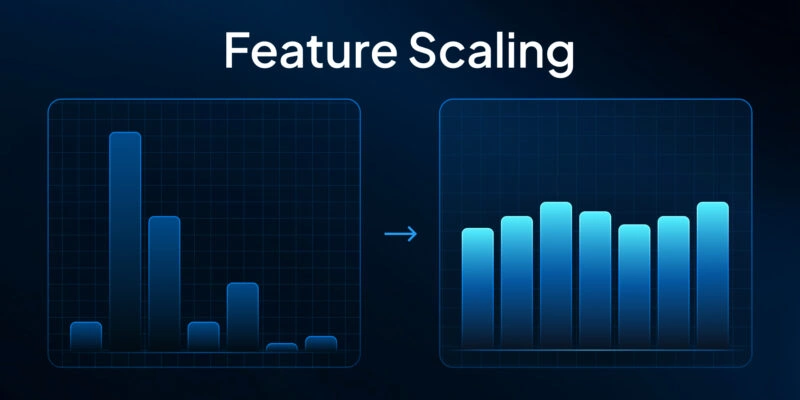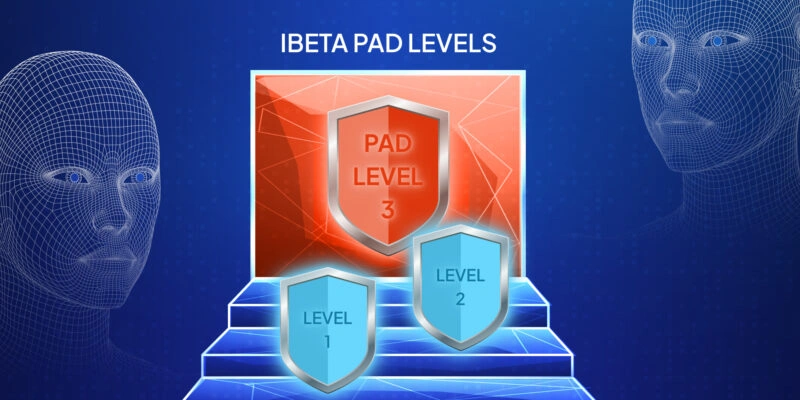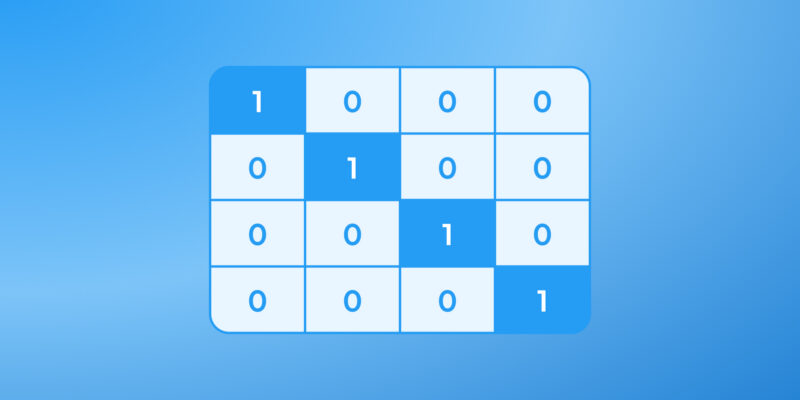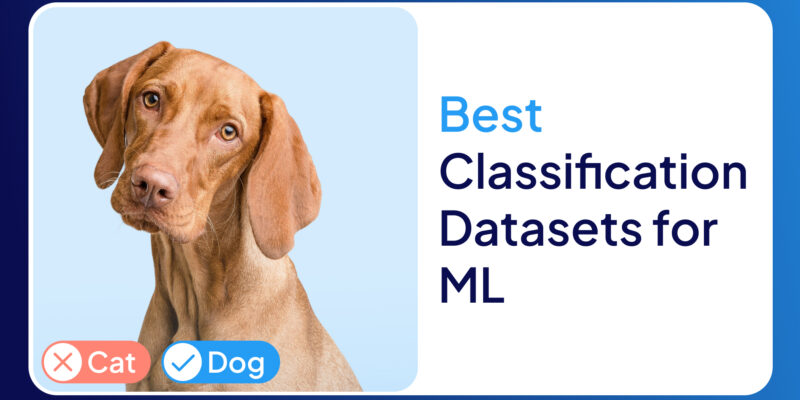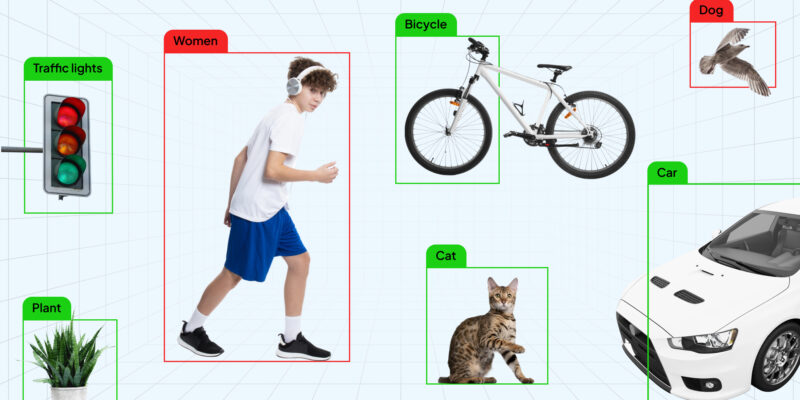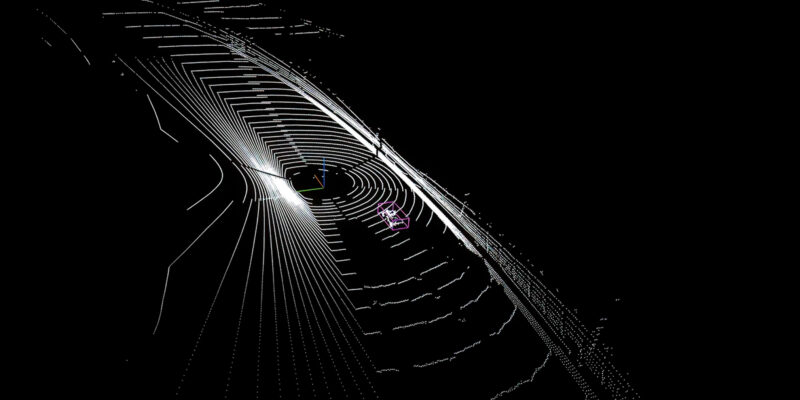
What is a 3D Cuboid?
A 3D cuboid is a volumetric bounding box in the shape of a rectangular prism used to annotate objects in three-dimensional space. This type of annotation fully encloses an object, accounting for its width, height, and depth. As a result, neural networks can more accurately determine the object’s size and position relative to other elements in the scene.
Each cuboid is defined by eight key points—one at each corner. These points are positioned along three axes:
- X – the object’s position along the horizontal axis
- Y – the object’s position along the vertical axis
- Z – the depth coordinate, indicating how far the object is from the viewpoint
Additionally, the annotation includes the cuboid’s rotation angle relative to the axes. This detail is crucial for helping the algorithm understand the object’s orientation in 3D space.
How 3D Cuboids Compare to Bounding Boxes
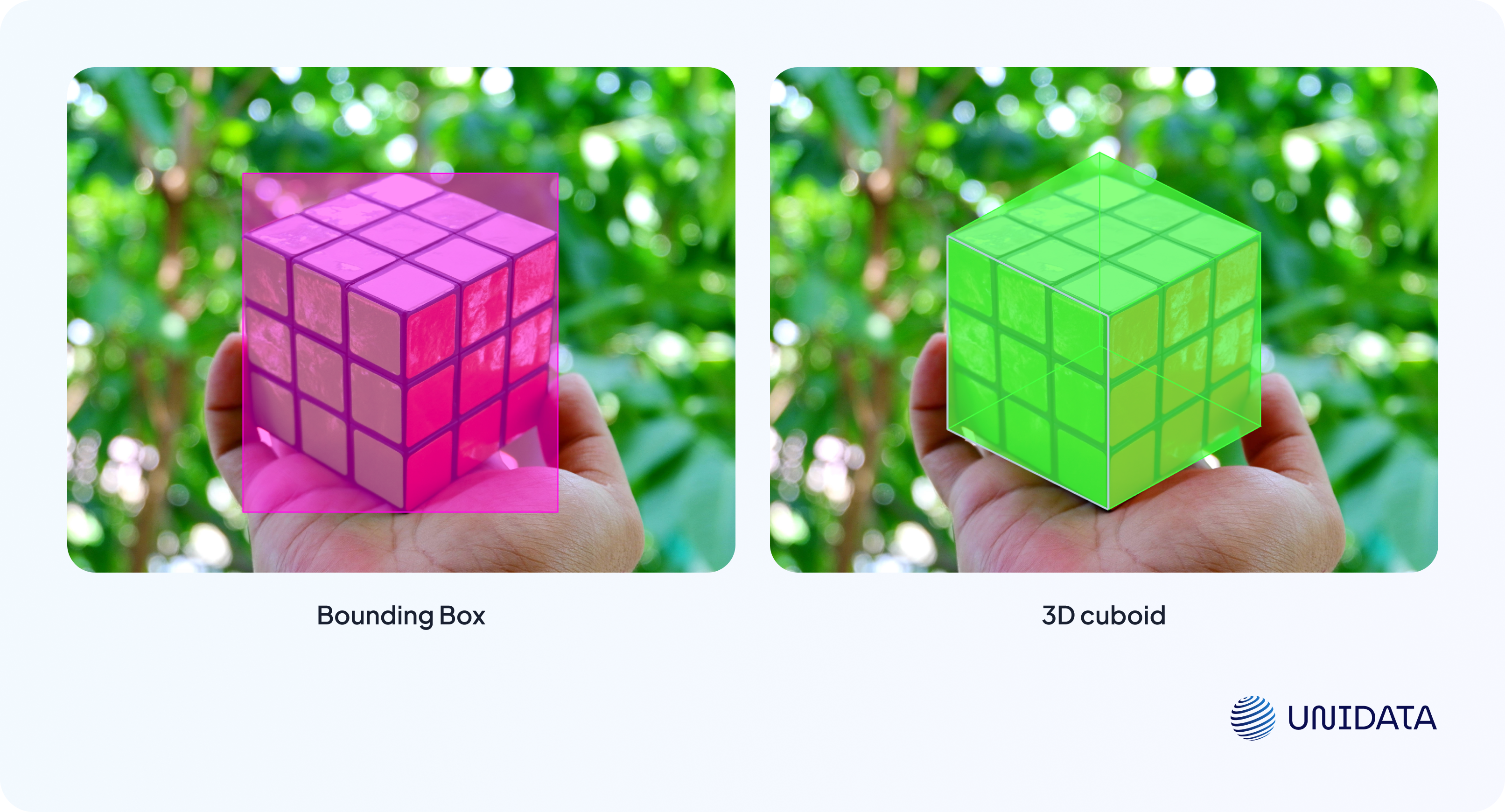
Unlike traditional 2D bounding boxes commonly used for annotating flat images, 3D cuboids allow models to perceive objects as true three-dimensional volumes. This added spatial awareness is especially critical in fields like autonomous driving, robotics, and augmented reality, where depth and orientation matter just as much as position.
Where Are 3D Cuboids Used?
3D cuboids form the foundation of object detection in computer vision. Machine learning algorithms rely on accurately annotated data to learn how to identify and classify objects in the physical world. The more precise the annotation, the more effective the model becomes at recognition and spatial analysis.
3D cuboid annotations are applied to both two-dimensional images and three-dimensional datasets.
3D Cuboids in 2D Image Annotation
In this context, standard images or videos are annotated. Even though the data is technically flat, using 3D cuboids helps the algorithm infer spatial details—like the object’s depth, orientation, and how it’s positioned within the scene. This enhances accuracy in tasks where understanding 3D context from 2D input is crucial.
3D Cuboids in 3D Object Annotation
Here, the data itself is inherently volumetric. This includes point clouds captured by LiDAR sensors, virtual environments, or simulated scenes. While these formats offer rich spatial detail, they also come with challenges.
However, these scenes can be quite demanding to load. The sheer volume of data is often so large that it requires substantial computing power and can easily overwhelm a standard machine. That’s why working with 3D cuboids calls for both high-performance hardware and specialized preprocessing techniques. These may include reducing the density of point clouds, splitting the scene into smaller segments, optimizing file formats, and more. All of this helps ease the load on the system, streamline visualization, and ensure the annotation tool runs smoothly.
Applications of 3D Cuboids
Autonomous Vehicles
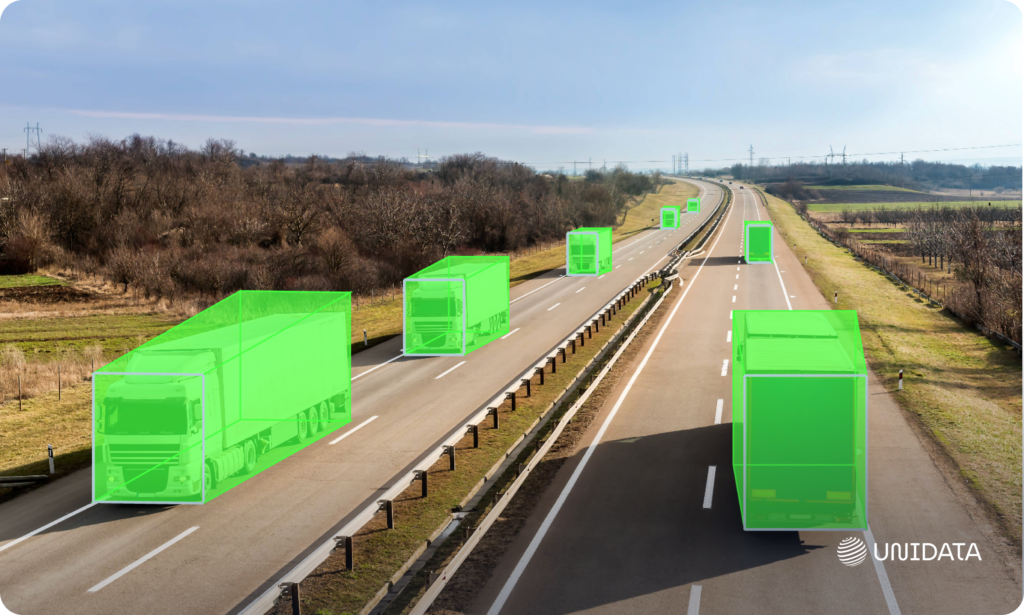
In self-driving cars, precise estimation of object distance and orientation is absolutely critical. 3D cuboid annotation enables neural networks to detect and track other vehicles, pedestrians, road signs, and obstacles with high accuracy. This detailed spatial understanding allows autonomous driving systems to make safe, real-time decisions on the road.
Robotics
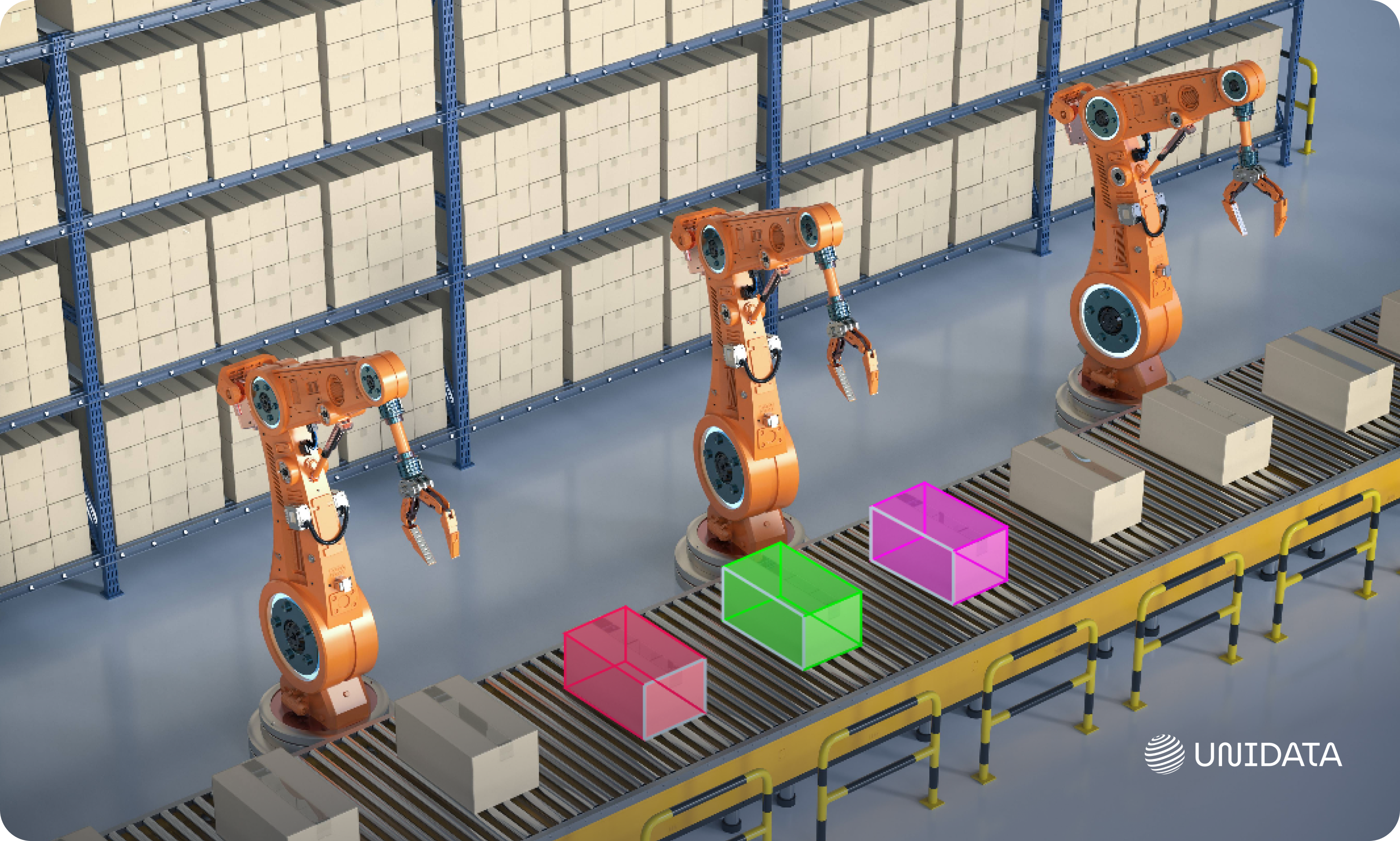
Robots rely on accurate spatial awareness to navigate and interact with their surroundings. 3D cuboids help machines pinpoint the exact location of objects and obstacles in their environment. This enhances their ability to move safely and carry out tasks effectively—whether in warehouse logistics, industrial automation, or medical robotics.
AR/VR
In augmented and virtual reality applications, it's essential for virtual objects to blend seamlessly into the real world. 3D cuboid annotations give systems a more accurate understanding of the physical size and spatial position of real-world items. This allows virtual elements to interact naturally with the environment, creating a more immersive and believable user experience.
Cartography and GIS
In modern cartography and Geographic Information Systems (GIS), 3D models of urban spaces, buildings, and terrain help visualize and analyze geographic areas in detail. 3D cuboid annotations make it easier to work with volumetric objects—such as structures and infrastructure—by automatically identifying their spatial coordinates and geometric shape. This improves the accuracy and efficiency of 3D mapping and analysis.
How to Annotate Images Using 3D Cuboids
The process of annotating images with 3D cuboids involves several key steps, typically performed in specialized tools that support volumetric annotation.
1. Choosing an Annotation Tool
3D cuboid annotation requires tools designed to handle three-dimensional data. Here are some of the most widely used platforms:
- CVAT (Computer Vision Annotation Tool)
Supports 3D cuboid annotation for both 2D and 3D data, including images, videos, and LiDAR point clouds. Offers a user-friendly interface for team collaboration and quality control. - Supervisely
A cloud-based platform with a rich feature set for annotating images, videos, and point clouds. It supports 3D cuboids and works seamlessly with LiDAR data. - Label Studio
An open-source, highly customizable tool that supports various annotation types, including 3D cuboids for both images and video. Ideal for smaller projects or teams needing custom setups. - Labelbox
A leading professional platform for data labeling, supporting 3D cuboid annotation across photos, videos, and LiDAR scans. Offers high accuracy and advanced automation features. - V7 Labs
An advanced tool with an intuitive interface and powerful automation capabilities. Well-suited for annotating camera and LiDAR data in autonomous vehicle projects.
15 Best Data Annotation Tools of 2025
Learn more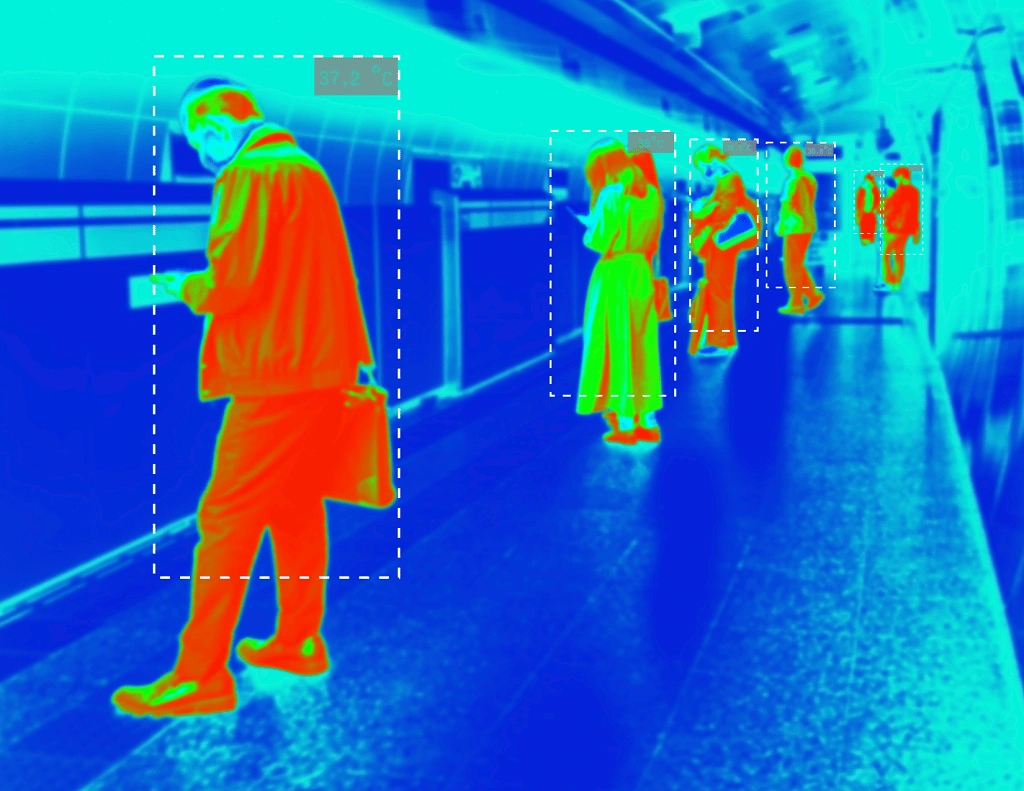
2. Selecting the Object to Annotate
Once the image is uploaded into the tool, the object to be annotated is identified—for example, a car on the road, a person indoors, or a piece of furniture in a room.
3. Setting Cuboid Coordinates
The next step is to manually place the key points that define the cuboid’s boundaries—typically eight points, one at each corner of the 3D box. After positioning the corners, you configure the cuboid’s orientation, width, height, and depth relative to the X, Y, and Z axes.
4. Review and Adjustment
The cuboid should be carefully reviewed to ensure it tightly and accurately wraps around the object. If necessary, the position of the points or the cuboid dimensions can be adjusted to improve fit and precision.
5. Exporting the Annotations
After completing the annotation, the data is saved and exported in a suitable format—such as JSON, XML, Datumaro 3D, KITTI Raw Format, or Sly Point Cloud Format—depending on the project’s requirements.
Key Challenges of Working with 3D Cuboids

High Hardware Requirements
Working with 3D data can strain even modern computers. Smooth and accurate visualization — as well as efficient 3D object annotation — often requires a powerful GPU and plenty of RAM. When hardware resources are limited, compromises have to be made, such as lowering the resolution or breaking scenes into smaller chunks. These trade-offs can increase project complexity and make implementation more challenging.
Labor-Intensive Process
Manually placing 3D cuboids is significantly more time-consuming than standard 2D annotation. Annotators must consider not only width and height, but also the depth and orientation of each object in space, which increases the cognitive load.
Accuracy and Consistency Issues
Different annotators may place cuboids differently—especially for irregularly shaped or partially visible objects. This inconsistency can introduce labeling errors and reduce the overall quality of the dataset, ultimately affecting model performance.
Occluded or Partially Visible Objects
Accurately defining a cuboid becomes challenging when an object is partially hidden or viewed at an awkward angle. These situations often lead to annotation errors or require more detailed guidelines.
For example, in one project, the images were captured from unusual angles, and the chosen annotation tool didn’t allow flexible cuboid shaping. The solution was to use polylines to outline only specific edges of the cuboid, preserving the necessary spatial precision despite the complex perspective.
Limited Automation
Although semi-automated tools are improving, 3D cuboid annotation still heavily relies on manual work. Fully automated solutions often fall short in terms of precision, especially in cluttered or complex scenes.
These challenges make 3D cuboid annotation a demanding process—but when done well, the results are worth the effort.
Key Takeaways
A 3D cuboid is a volumetric “box” that fully encloses an object, taking into account its height, width, and depth. Unlike traditional 2D bounding boxes, it provides machine learning and computer vision models with richer spatial information — including the object’s position, dimensions, orientation, and shape.
Although annotating with 3D cuboids is a time-consuming process, the benefits are clear: models gain a better understanding of real-world proportions and precise object coordinates, which significantly improves their accuracy and overall performance.
